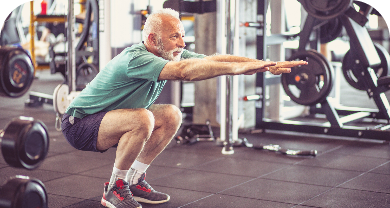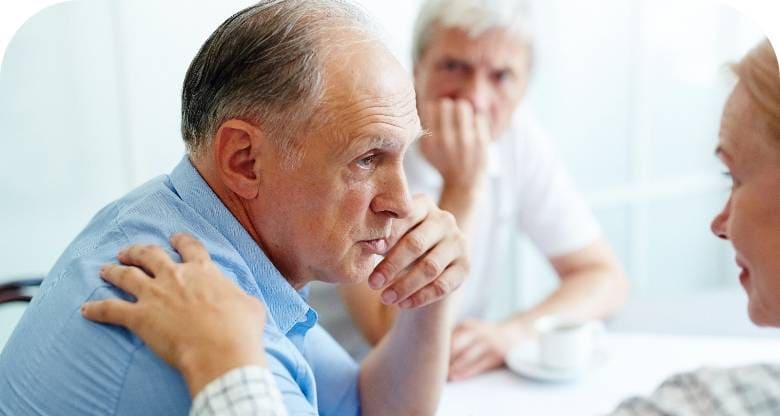Physical side effects of incontinence
Chronic urinary incontinence can lead to uncomfortable side effects that impact how you live your life, including:
- Rashes, skin infections and sores can develop from constantly wet skin.
- Increased risk of repeated urinary tract infections.

The emotional toll of incontinence
Men who suffer from urinary incontinence also suffer substantial psychological impacts. This impact leaves them with deep trauma due to:
- Perceived rejection
- Social isolation
- Loss of control
- Dependency on others

Your frustration is completely normal
A study showed that bladder weakness and bladder leakage in older adults could cause immense loneliness leading to depression. People suffering from urinary incontinence often end up trying to hide it, deny it, not wanting to talk about it or pretend not to be bothered by it. It can be challenging to understand such behavior, but this is not the end.


The Contino® Care team is here to support you on your incontinence journey
As part of your initial fitting with a Contino® trainer, you’ll also learn behavioural and exercise techniques to support the physical side. As well, Contino® Support is always available to answer questions and support you along the way.




